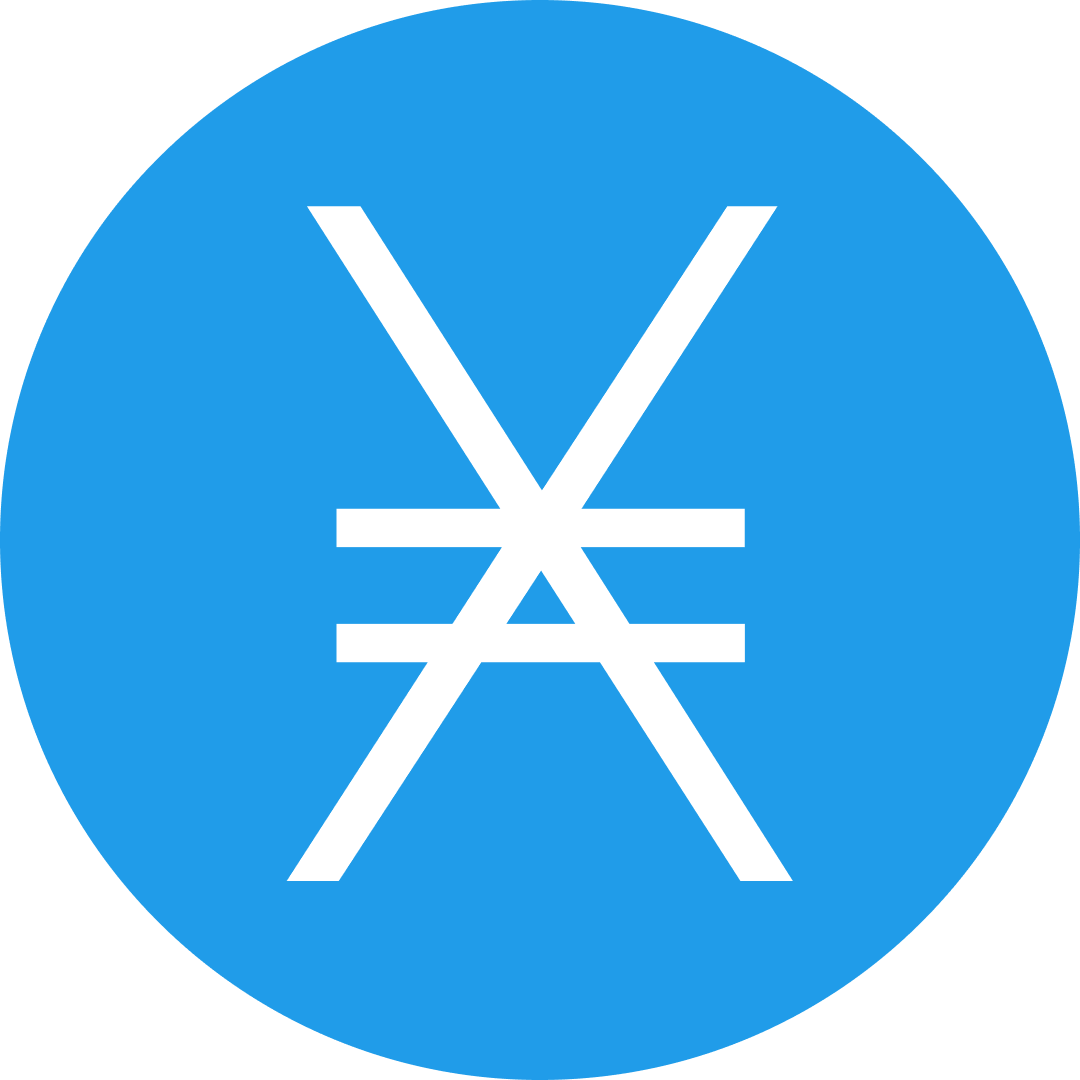-
 bitcoin
bitcoin $106680.127705 USD
0.67% -
 ethereum
ethereum $3615.722480 USD
-0.65% -
 tether
tether $0.999925 USD
-0.04% -
 xrp
xrp $2.550072 USD
5.91% -
 bnb
bnb $1002.572269 USD
-0.90% -
 solana
solana $168.746669 USD
1.08% -
 usd-coin
usd-coin $0.999832 USD
-0.03% -
 tron
tron $0.297244 USD
1.97% -
 dogecoin
dogecoin $0.182965 USD
0.71% -
 cardano
cardano $0.600432 USD
2.56% -
 hyperliquid
hyperliquid $41.439691 USD
-1.57% -
 chainlink
chainlink $16.548399 USD
2.40% -
 bitcoin-cash
bitcoin-cash $524.993680 USD
3.45% -
 stellar
stellar $0.302259 USD
4.10% -
 zcash
zcash $539.994871 USD
-16.31%
how to create a blockchain
Establishing the initial state of the blockchain, the genesis block serves as the cornerstone for its integrity.
Oct 11, 2024 at 10:06 am
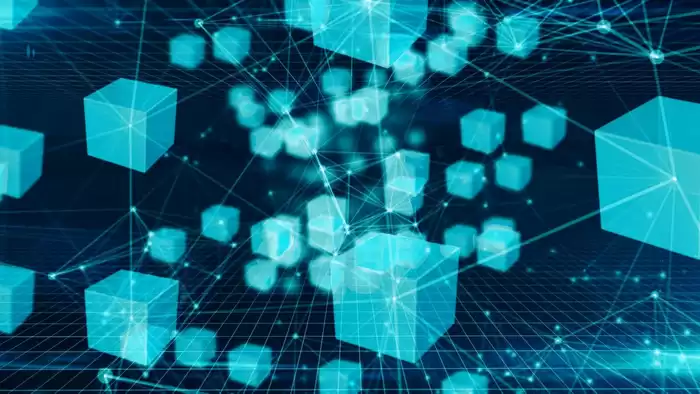
- Define the Purpose and Scope of Your Blockchain
Determine the specific purpose and scope of your blockchain. What type of data or transactions will it store and manage? Will it be a public or private blockchain?
- Choose a Consensus Protocol
Select a consensus protocol to ensure the validity and integrity of your blockchain. Some of the common consensus protocols include Proof-of-Work (PoW), Proof-of-Stake (PoS), and Delegated Proof-of-Stake (DPoS).
- Design the Blockchain Architecture
Define the structure of your blockchain, including the block structure, transaction structure, and mining difficulty. Consider factors such as block size, block time, and transaction fee structure.
- Develop and Implement the Smart Contracts (Optional)
If your blockchain will support smart contracts, develop the logic and rules that will govern these contracts. Smart contracts allow you to automate tasks and create decentralized applications on your blockchain.
- Create and Distribute the Genesis Block
The genesis block is the first block in the blockchain and establishes the initial state of the ledger. It contains the hash of the previous block, which is null in this case, and other metadata. Distribute the genesis block to all nodes in the network.
- Implement the Mining or Validation Process
Based on your chosen consensus protocol, implement the mining or validation process. Miners or validators verify transactions and add new blocks to the blockchain, ensuring its security and integrity.
- Set Up and Connect Nodes
Establish a network of nodes that will store the blockchain and participate in the consensus process. Configure each node with the appropriate network settings and blockchain data.
- Test and Deploy the Blockchain
Thoroughly test your blockchain to identify and resolve any issues or vulnerabilities. Deploy the blockchain to a production environment once it is fully tested and validated.
- Market and Promote the Blockchain (Optional)
If you plan to create a публичный blockchain or offer it as a service, consider marketing and promoting it to attract users and adoption.
Additional Considerations:- Security: Implement security measures to protect the blockchain from hacks, fraud, or other security breaches. Consider encryption methods, access control, and regular audits.
- Scalability: Plan for the scalability of your blockchain as it grows in size and usage. Consider techniques such as sharding, sidechains, or off-chain transactions.
- Interoperability: Explore options for making your blockchain interoperable with other blockchains or systems, enabling seamless exchange of data and transactions.
- Governance: Establish a governance model for your blockchain to ensure its development and maintenance over time. This may include defining roles, responsibilities, and decision-making processes.
Disclaimer:info@kdj.com
The information provided is not trading advice. kdj.com does not assume any responsibility for any investments made based on the information provided in this article. Cryptocurrencies are highly volatile and it is highly recommended that you invest with caution after thorough research!
If you believe that the content used on this website infringes your copyright, please contact us immediately (info@kdj.com) and we will delete it promptly.
- Cryptocurrencies, Long-Term & BlockDAG: Navigating the Future in 2025
- 2025-11-12 01:30:01
- Navigating Crypto Investment: The Rise of Super Platforms and Unified Ecosystems
- 2025-11-12 01:50:01
- Canton Network's Wild Ride: Price Dip, Exchange Listings, and What It All Means
- 2025-11-12 01:20:02
- Dogecoin's Dollar Dream: Can This Low-Cap Coin Actually Reach $1?
- 2025-11-12 01:10:02
- AI Tokens, SoftBank, and NVIDIA Stake: A New York Minute on Tech's Latest Moves
- 2025-11-12 01:45:01
- Mastercard, Humanity Protocol, and Private Finance: A New Era?
- 2025-11-12 01:10:01
Related knowledge
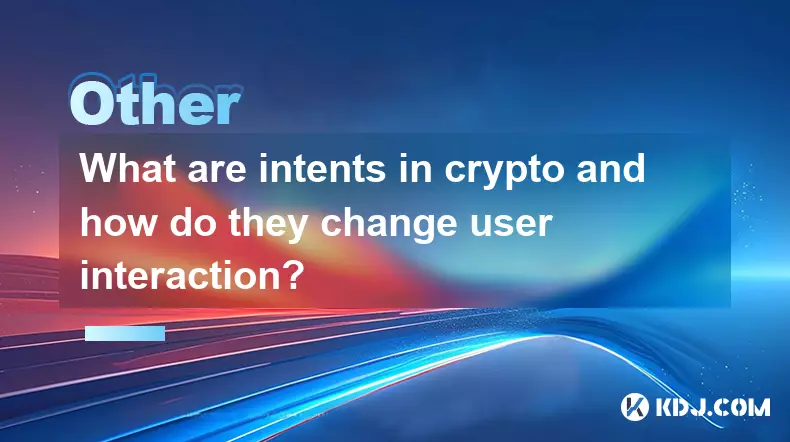
What are intents in crypto and how do they change user interaction?
Nov 09,2025 at 09:00am
Understanding the Role of Decentralized Exchanges in Modern Crypto Trading1. Decentralized exchanges, commonly known as DEXs, have reshaped how trader...
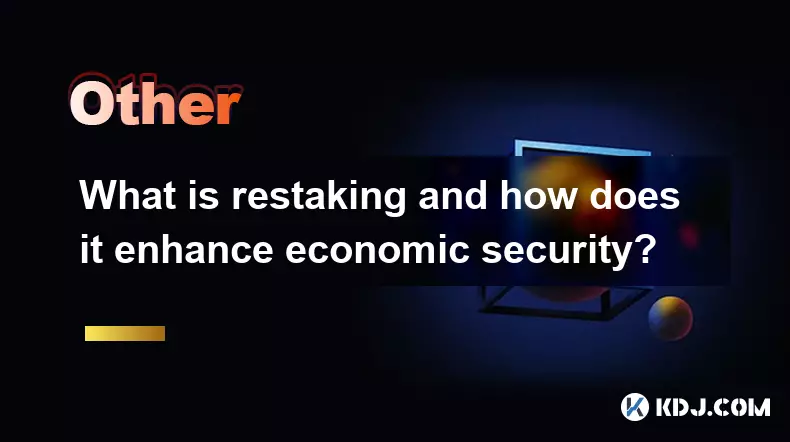
What is restaking and how does it enhance economic security?
Nov 09,2025 at 11:40pm
Understanding Restaking in the Blockchain Ecosystem1. Restaking refers to the process where users who have already staked their tokens in a proof-of-s...
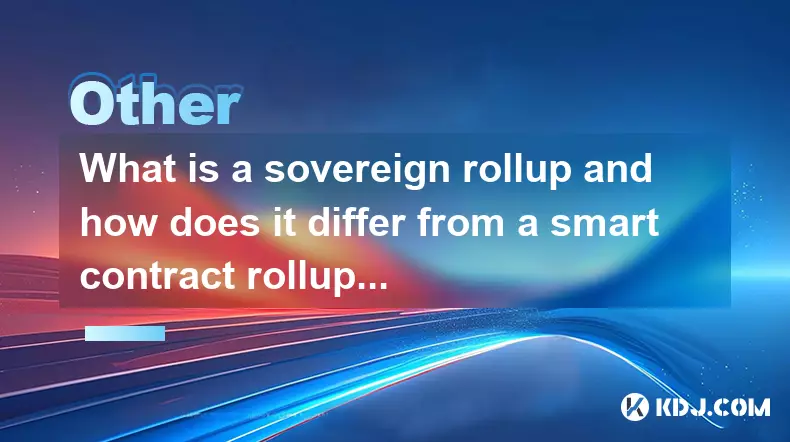
What is a sovereign rollup and how does it differ from a smart contract rollup?
Nov 10,2025 at 09:00am
Understanding Sovereign Rollups1. A sovereign rollup operates as an independent blockchain layer that leverages the data availability of a base layer,...

What is a crypto-economic system and how does it use incentives to secure a network?
Nov 11,2025 at 01:20am
Understanding Crypto-Economic Systems1. A crypto-economic system refers to the integration of cryptography, distributed systems, and economic incentiv...
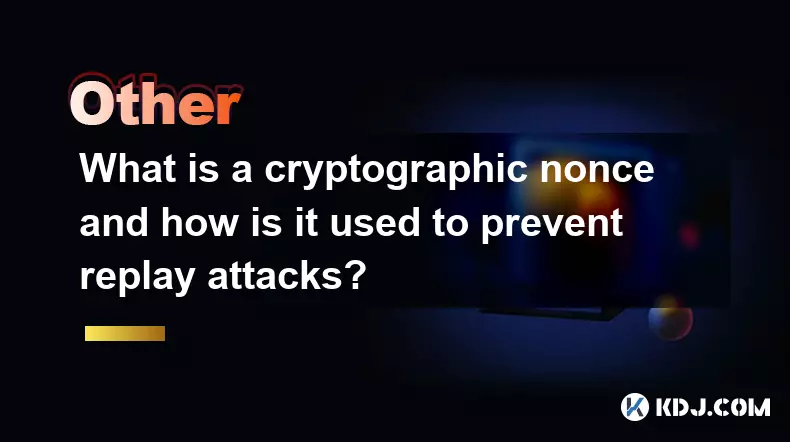
What is a cryptographic nonce and how is it used to prevent replay attacks?
Nov 08,2025 at 05:00pm
Understanding Cryptographic Nonces in Blockchain Systems1. A cryptographic nonce is a number used only once within a specific cryptographic communicat...
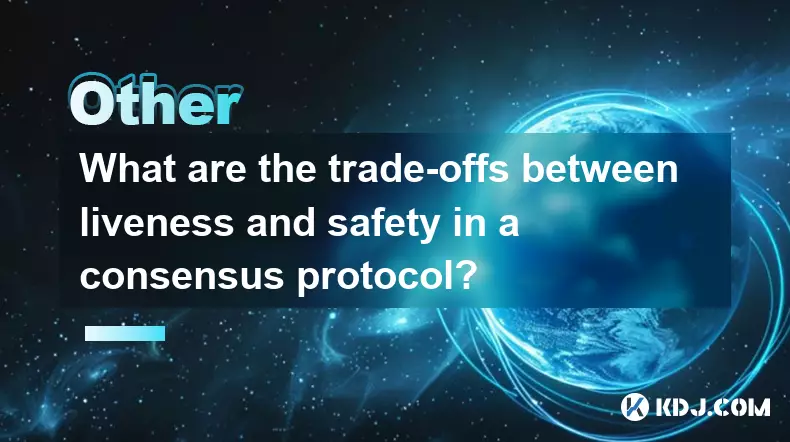
What are the trade-offs between liveness and safety in a consensus protocol?
Nov 09,2025 at 12:20pm
Understanding the Role of Liquidity Pools in Decentralized Finance1. Liquidity pools are foundational components within decentralized exchanges (DEXs)...

What are intents in crypto and how do they change user interaction?
Nov 09,2025 at 09:00am
Understanding the Role of Decentralized Exchanges in Modern Crypto Trading1. Decentralized exchanges, commonly known as DEXs, have reshaped how trader...

What is restaking and how does it enhance economic security?
Nov 09,2025 at 11:40pm
Understanding Restaking in the Blockchain Ecosystem1. Restaking refers to the process where users who have already staked their tokens in a proof-of-s...

What is a sovereign rollup and how does it differ from a smart contract rollup?
Nov 10,2025 at 09:00am
Understanding Sovereign Rollups1. A sovereign rollup operates as an independent blockchain layer that leverages the data availability of a base layer,...

What is a crypto-economic system and how does it use incentives to secure a network?
Nov 11,2025 at 01:20am
Understanding Crypto-Economic Systems1. A crypto-economic system refers to the integration of cryptography, distributed systems, and economic incentiv...

What is a cryptographic nonce and how is it used to prevent replay attacks?
Nov 08,2025 at 05:00pm
Understanding Cryptographic Nonces in Blockchain Systems1. A cryptographic nonce is a number used only once within a specific cryptographic communicat...

What are the trade-offs between liveness and safety in a consensus protocol?
Nov 09,2025 at 12:20pm
Understanding the Role of Liquidity Pools in Decentralized Finance1. Liquidity pools are foundational components within decentralized exchanges (DEXs)...
See all articles







































































